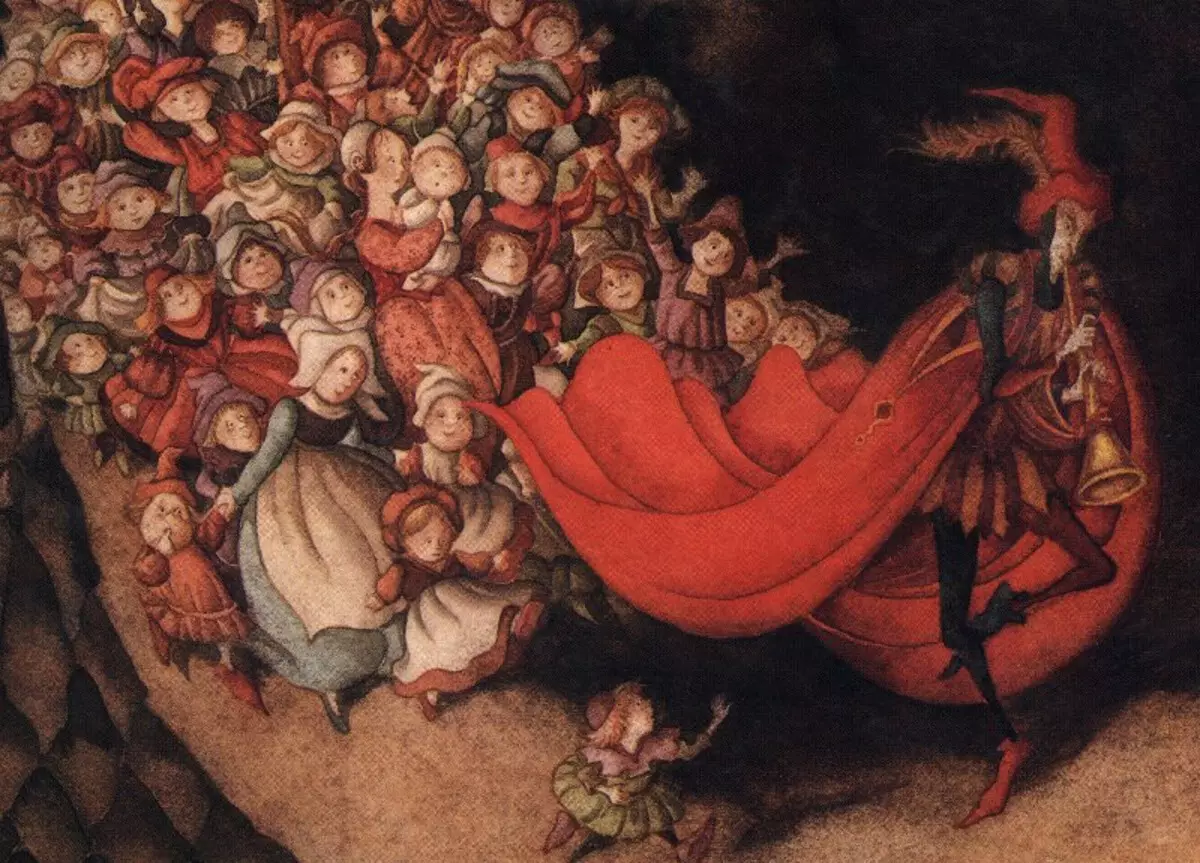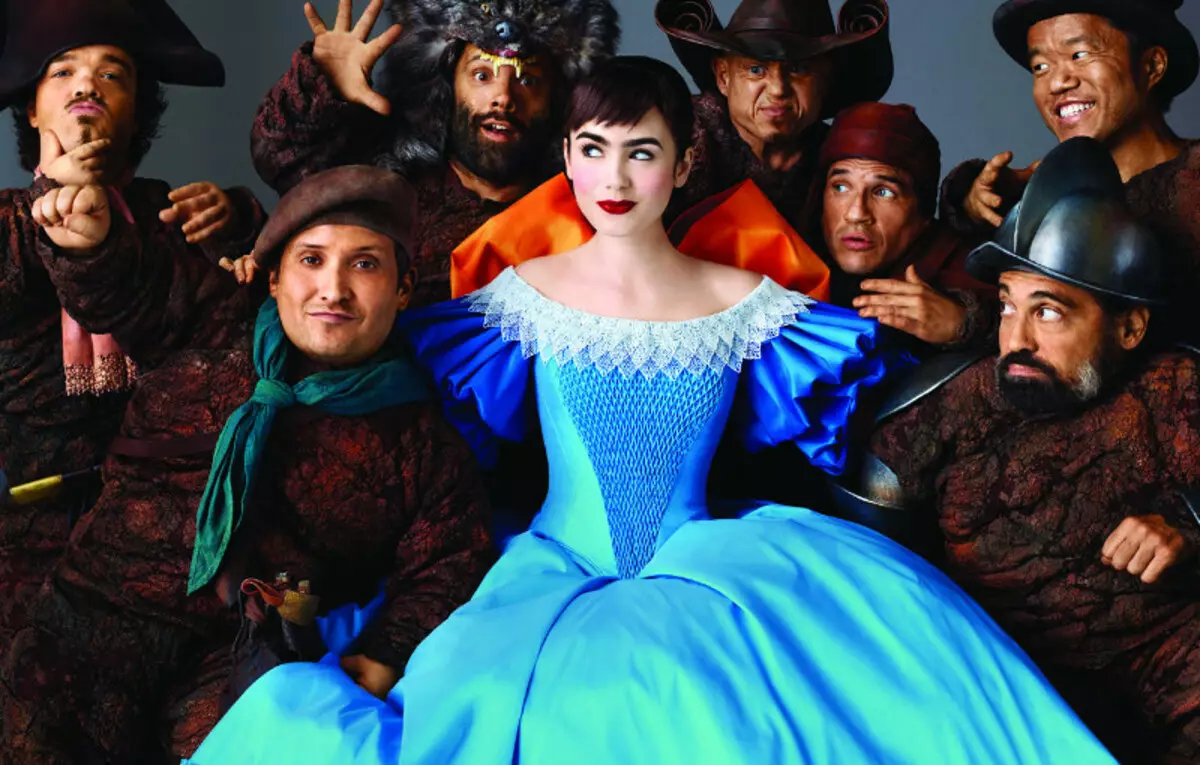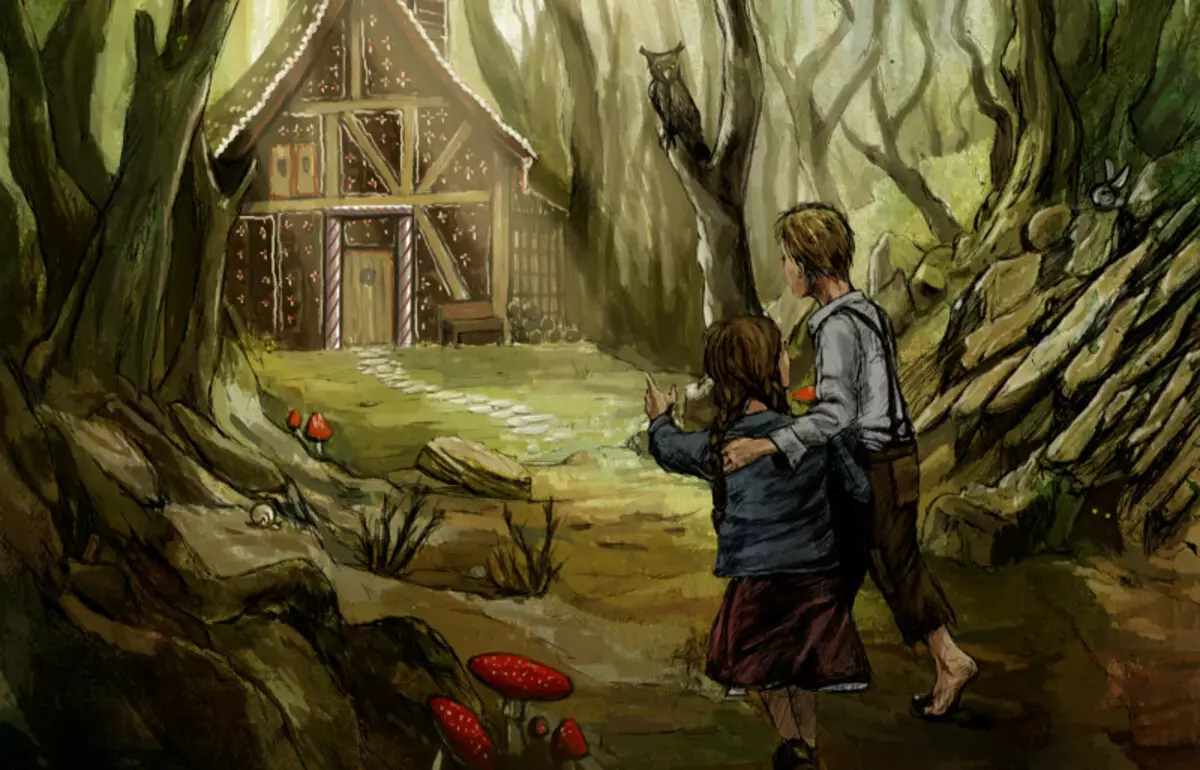Not every fairy tale is a lie. Sometimes hints for real historical events are extremely vague, but sometimes fairy tales contain very accurate and reliable information about specific affairs and people.
Roughs from Gamelna

Free: We do not know exactly what exactly happened in Gamelna about the 13th century, but something definitely happened. And this "something" destroyed - or led to other edges - a whole generation of young Gamelnians.
There is (more precisely, it was) two evidence: the stained glass window in the Church of Gamelna, which was depicted in bright clothing trumpeters and walking behind him a crowd of children, and writing in the Luneburg manuscript, dated 1440, which says that "in the summer of the Lord Our 1248 on the day of St. John and Paul came to Gameln Trumpets, dressed in motley clothes, and led 130 children born in Gamelne. " The stained glass window was destroyed in the 17th century, we know only its descriptions and copies, but the manuscript still exists.
It is clear that the plague has no relation to the disappearance of children - she was thrown later, mixing two different events. The epidemic came to Germany 100 years after a fixed visit of a strange trumpet. There is a version that the trumpeter was a recruiter - either from the organizers of the crusades, or, most likely from the King of Bohemia, which at this time was extremely interested in the settlement of wild and eminent lands of Moravia. Considering how scoop official chronicles describe this episode, the children obviously not voluntarily went to master the virgin - they simply sold them.
Blue Beard

Free: Assistant Jeanne D'Ark, Baron Gilles de Rea, was executed for murder and sacrificing 200 innocent children sacrificed.
De re was not frostbitten maniac. The accusation made against him by his enemy, King Carl VII, was falsified from and to. Non-tax or pretty of state funds in those years would not have impressed anyone, but Satanism and serial murders are the most to create a public resonance.
The prosecutors stated that the lack of evidence of guilt is not yet proof of innocence, and in 1440 Marshal was burned in Nante. The case was loud, and Solva attributed to live and the murder of his own wives (despite the fact that his wife was only alone). The recent memories of the process over the baron were stirred with a crowd of the plot of the taboo (they are in all cultures, remember the Edem Apple and the Pandora Box). In the early versions of the fairy tale about the blue beard, the maniac is directly called the "Baron de Rea, the owner of these places."
Snow White

Free: The 16th century, in Germany everything is difficult. The father of Young Countess Margaret von Waldek, the dominated county of the same name in Central Germany, after the death of the first wife re-married a certain catharine. Catharina Padderitsa annoyed and the girl was sent from his eyes to Brussels. There, Margaret began to turn too much to turn the skirts before the Spanish Prince Philip. Natural scandal came out, since the daughter of the Zathest Landowner, the future king of Spain was clearly not a couple. In the name of state interests, agents of potential mother-in-law simply poisoned Margaret. Here and fairy tale.
Genzel and Gretel

Free: Genzel and Gretel have no real prototypes. More precisely, they are nameless - too much. Weather cataclysms that collapsed in Europe in 1315-1317, caused a cripplence and total hunger everywhere, from Italy to Denmark. It has not been to the sublimation. The killing of children turned into a common practice, because it was impossible to feed them, as and effectively control the birth rate. But still, not every parent could handle siblings personally. The most soft-headeds took them in winter in the forest and hoped for easy death from supercooling. People satellite from hunger lured to themselves a gourmet baby, promising a gingerbread or a piece of bread. Yes, the cannibalism in those years was also not rare, but to kill the five-year period easier than an adult.
The beauty and the Beast

Free: Petrus Gonzalvus from the very beginning was not lucky - he was born with a rare genetic disease called hypertrichosis. In other words, his hair grew throughout the body, including on the face. He really reminded the monster. The boy was kept in a cage, fed raw meat and showed the public as a "man-beast".
In 1547, at the 10th age, Petrus was presented by the King of France Henrich II. And here it begins the real fairy tale - the king was the first one who was ready to consider Petrus man. He was taught to read, write, musitizing and speak foreign languages, set noble manners and ordered a whole wardrobe of fashionable clothes. Of course, not as much from humanism, as for fun, but nevertheless.
Perhaps Petrus was from nature an incredibly gifted child - after chanting from the cage, he was almost boy-Mowgli, he was hard to speak, was afraid of people, and so what was happening with the psyche, scary to imagine. However, in a few years, he turned into a decent young man, no worse than the remaining courtiers. With the wild children, it happens extremely rarely, but Petrins somehow recovered.
When Petrus exceeded 20, he was married to the daughter of one of the palace servants. And parents and the bride were horrified, but they do not argue with the kings. However, the marriage in the end was successful - Petrus and his wife lived together for 40 years and norodili seven children. Some of them inherited hypertrichosis.
